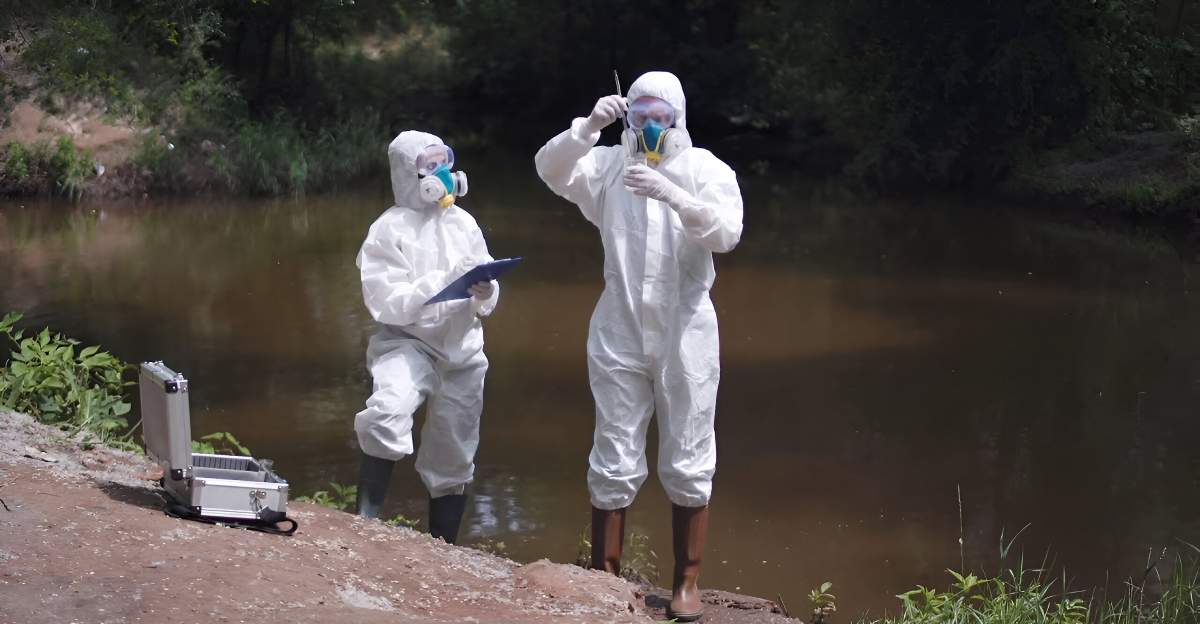
In the last year, two famous lakes in Southern California, Silverwood Lake and Pyramid Lake, have been taken over by tiny but powerful invaders. These small shellfish originally came from Asia and were only spotted in North America at the end of 2024. But in just months, they’ve spread much farther, stunning scientists.
Why the worry? California already faces a historic drought and water shortages. So, when these mussels started crowding into places that supply water for millions of people and farms, officials realized it was a big problem.
More Than Just Lakes at Risk
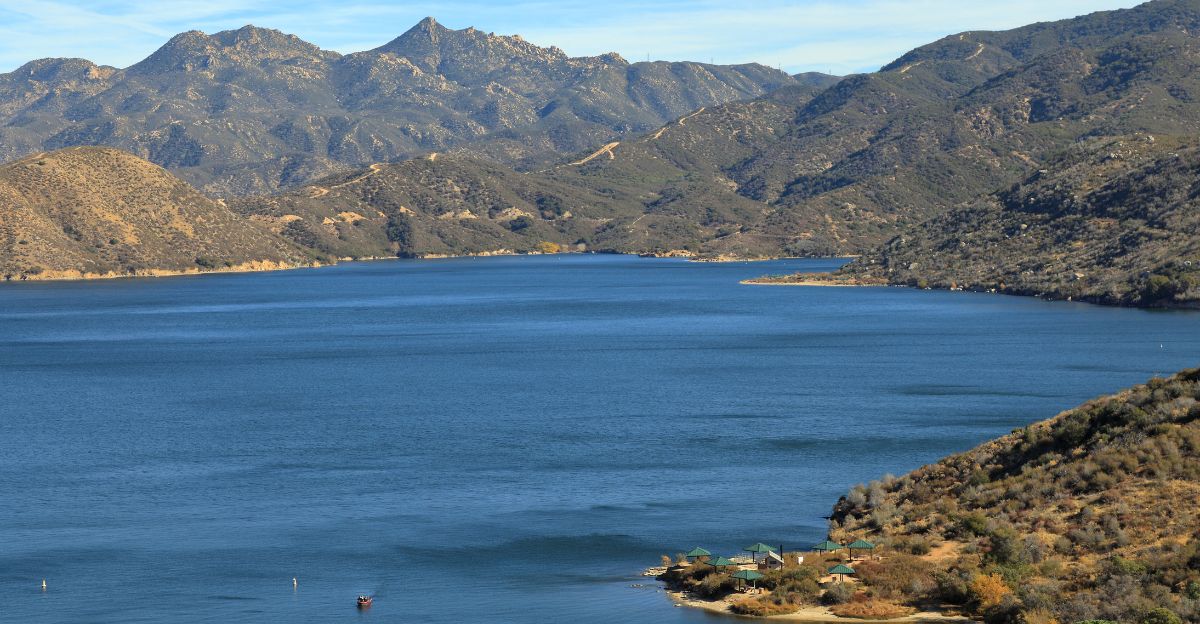
Think these are just two lakes? Think again. Both Silverwood and Pyramid are crucial for California’s entire water system. They’re holding tanks in the State Water Project, which delivers water to more than 27 million people and keeps 750,000 acres of farmland green.
If the golden mussels keep spreading, the consequences go far beyond a few blocked boat ramps. They could affect tap water, farm irrigation, and the health of rivers and streams that millions of people depend on.
Tiny Mussel, Huge Problems
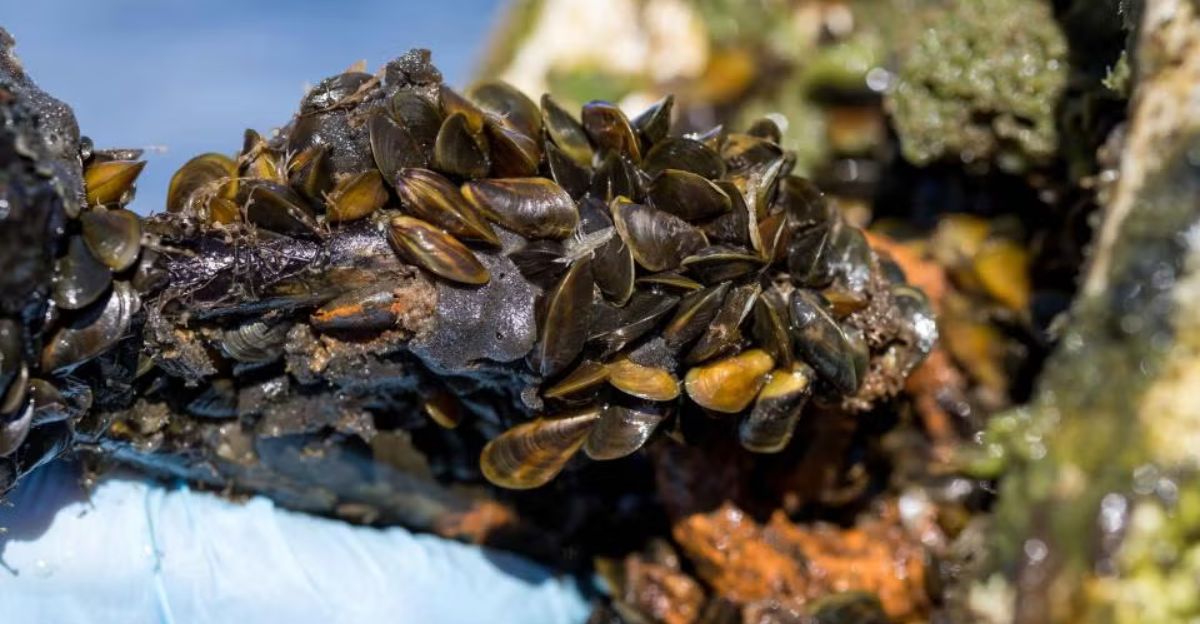
Golden mussels are small, only about the size of a fingernail, but they cause big trouble everywhere they go. These mussels reproduce rapidly, stick to each other, and block pipes and water intakes that deliver water to homes and businesses. If they clog up these systems, repairs become expensive, and water can’t be delivered as easily or safely.
Even worse, California’s rivers and lakes don’t have any natural predators to eat golden mussels, so their populations can explode.
How They Moved So Fast
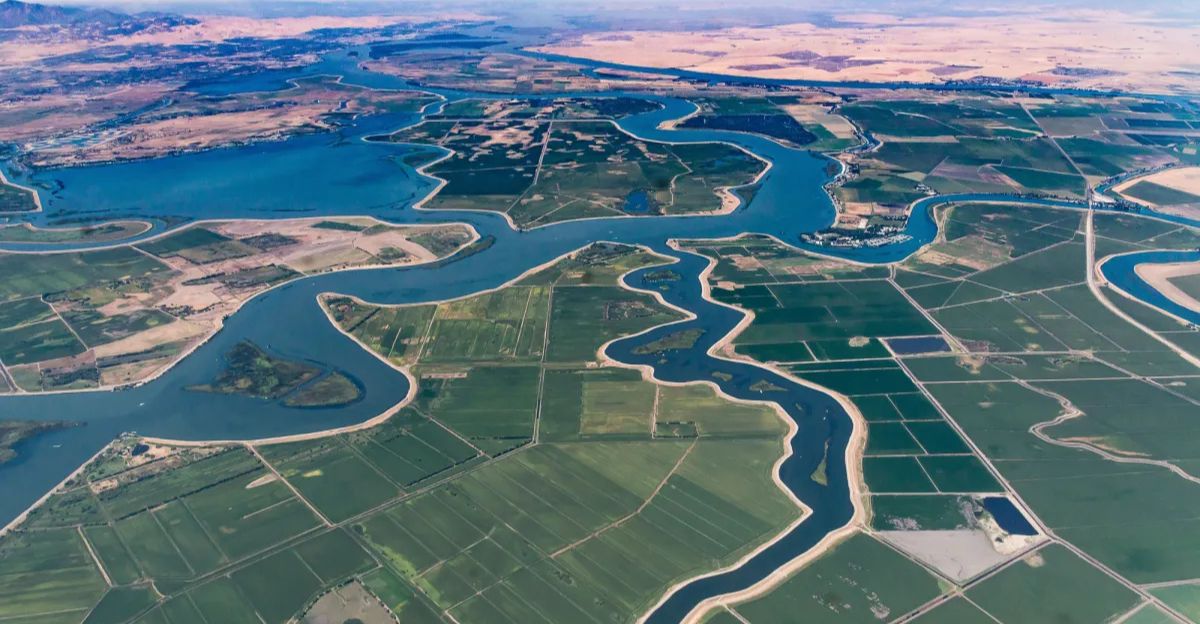
Just a year ago, golden mussels showed up in Northern California’s Sacramento-San Joaquin Delta, a giant watery crossroads. But they didn’t stay put. Scientists believe the mussels traveled more than 250 miles south by catching rides on boats, water moving through canals, and equipment moving between lakes.
California’s network of canals and aqueducts links nearly every major water source in the state, making it all too easy for golden mussels to jump to new places.
“Infestation” Now Official
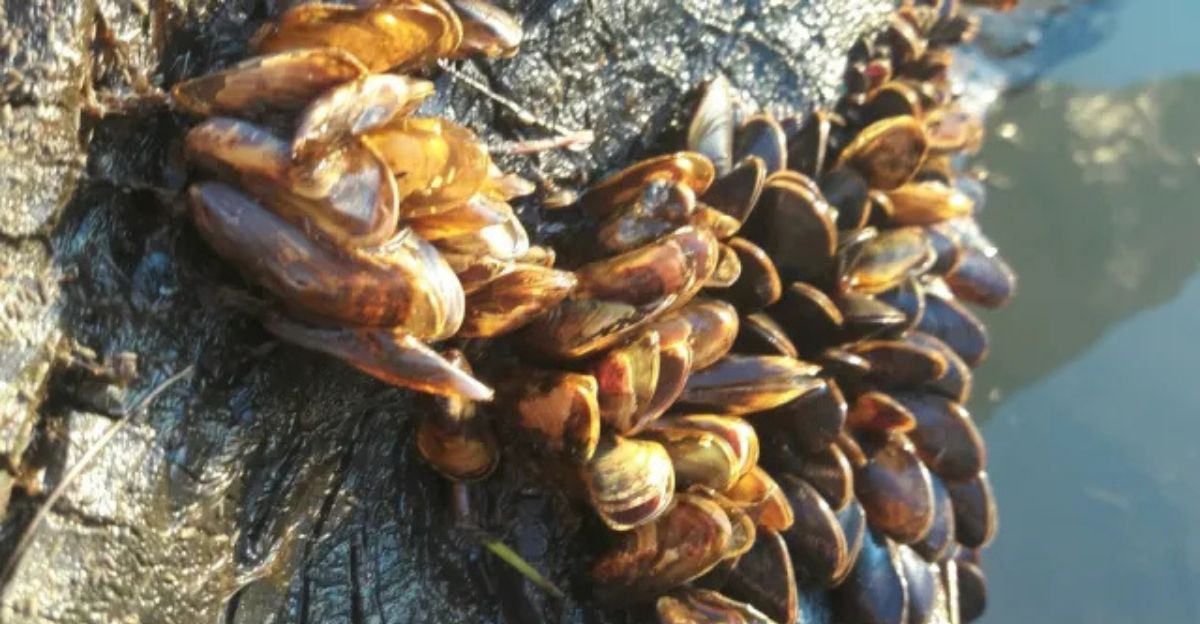
By September 2025, state agencies labeled Silverwood and Pyramid as officially “infested” with golden mussels. This means that rules have changed, all boats must be inspected, and people visiting these lakes face new limits to keep the mussels from spreading.
Dr. Chris Carr of the Department of Water Resources said, “There are currently no effective methods to treat or eliminate the golden mussel from infested waterways.”
Farms and Families on the Line
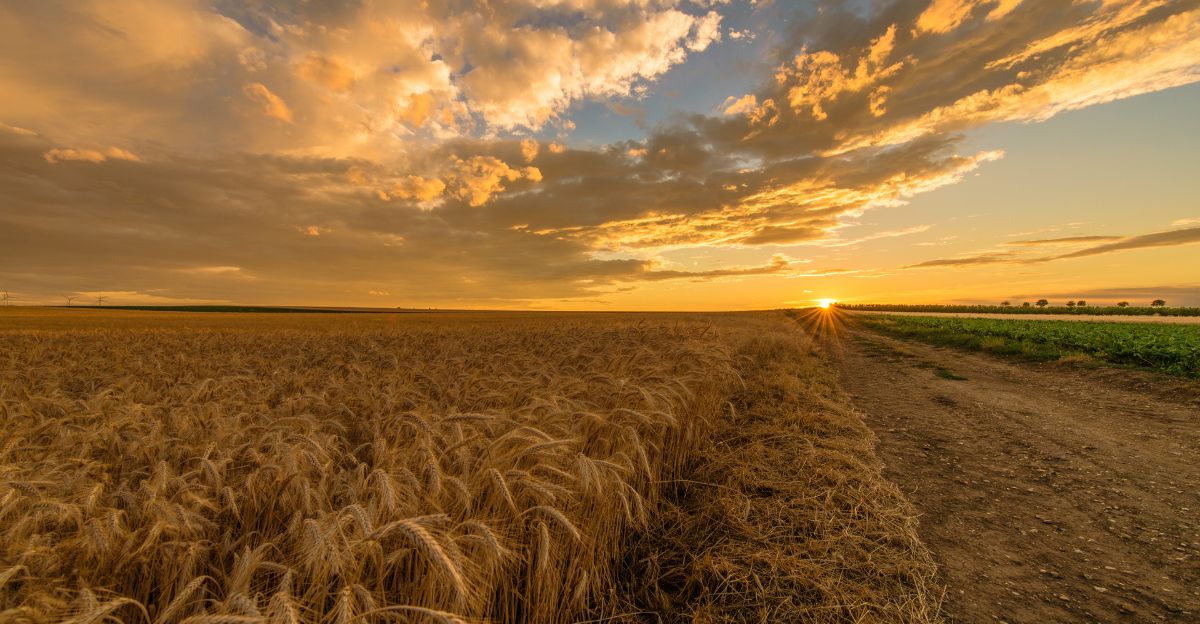
California’s agriculture industry is massive, growing over a third of all U.S. vegetables and nearly three-quarters of its fruit and nuts. These farms need the State Water Project and federal water deliveries to survive. Golden mussels threaten to strangle water intakes, which would mean less water for farmers.
With ongoing droughts, any disruption in water delivery could hit both crops and communities hard. Experts warn, “Every link in the food chain could feel this invasion, from the field to the kitchen table”.
Boating and Fun Interrupted
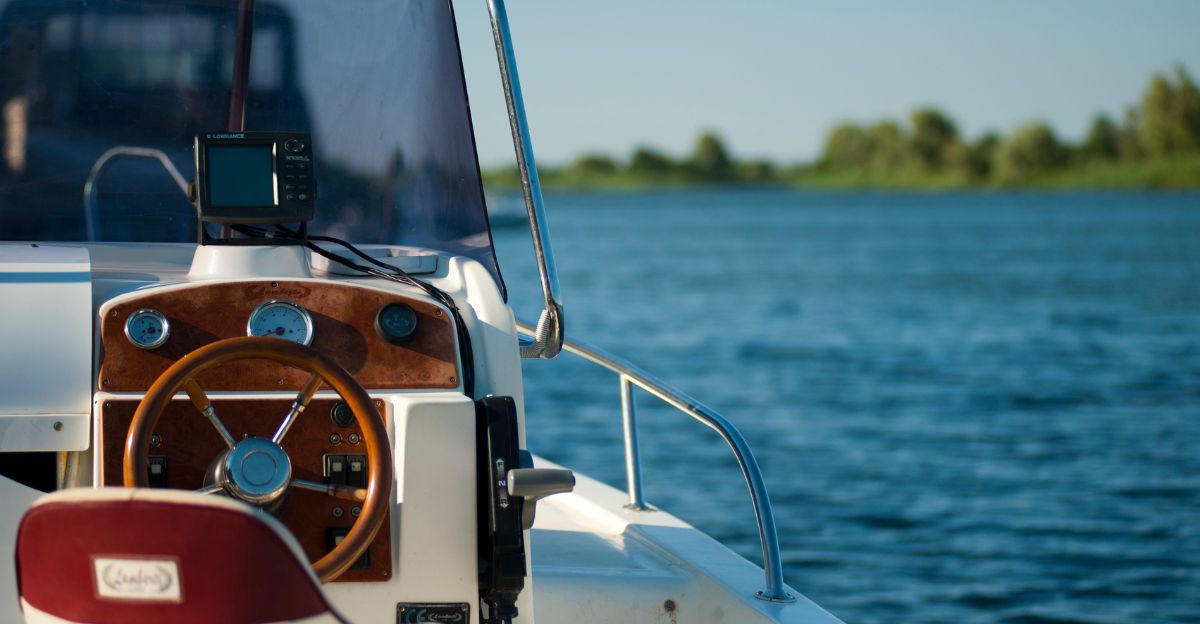
For many people, lakes mean fun, boating, swimming, and fishing. But mussel infestations can change all that quickly. At these lakes, some areas must now close for safety, and visitors are required to pay higher fees and go through time-consuming boat inspections.
Swimmers may even face risks from mussel shells and closures. California lake managers say these extra rules are necessary, but they know it’s frustrating for visitors.
The Natural Balance Tips
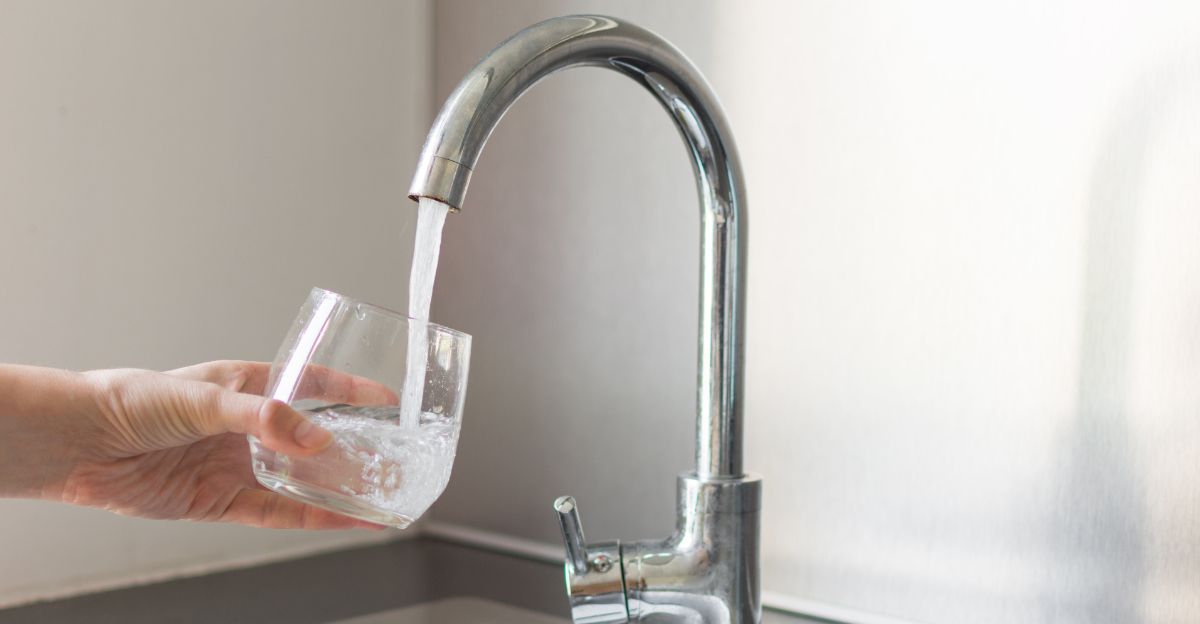
It’s not just a problem for people, nature suffers too. Golden mussels outcompete local species for food, change the way water plants grow, and even make the water clearer, which sounds good but actually harms fish and plants used to cloudier water.
They can also lead to harmful algae blooms that kill fish. “We could lose entire species if this continues unchecked,” warns a California Fish and Wildlife spokesperson.
Why Water Costs Could Rise
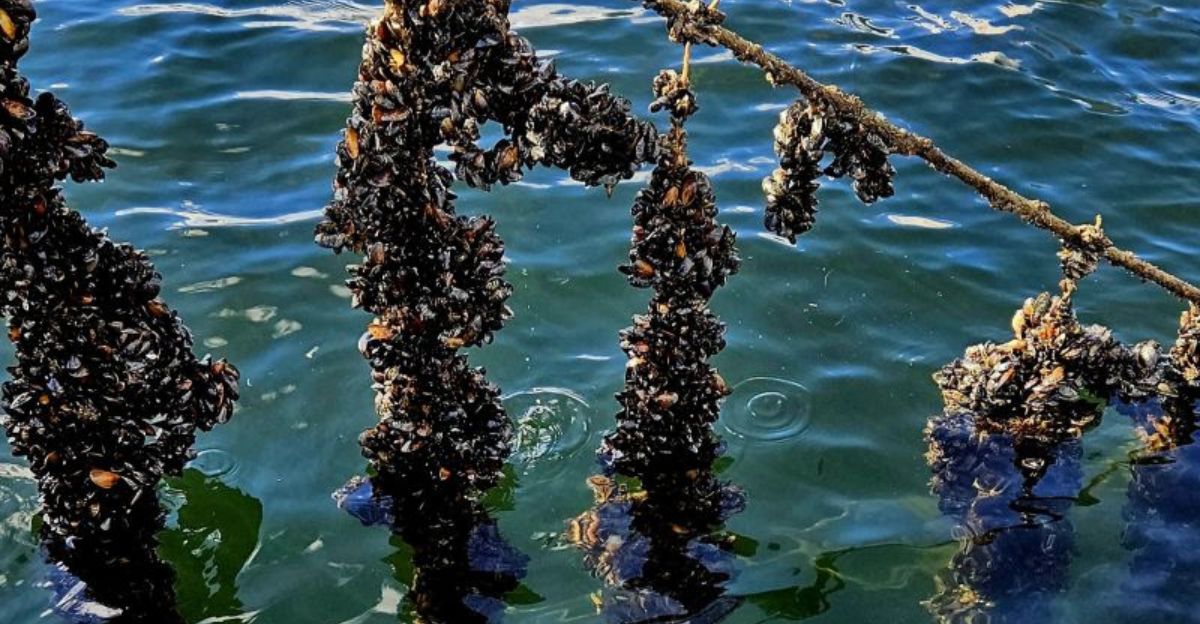
Golden mussels don’t just cause headaches, they cost money. As they clog up pipes and water screens, utilities must pay for extra cleaning and even new construction to work around the blockages. Some water managers estimate that fixing or bypassing infested systems could cost millions if the invasion grows.
These expenses often get passed down to regular people, showing up as higher water bills each month. In places where communities are already struggling to pay for water, the cost could be a big burden.
No Easy Solutions
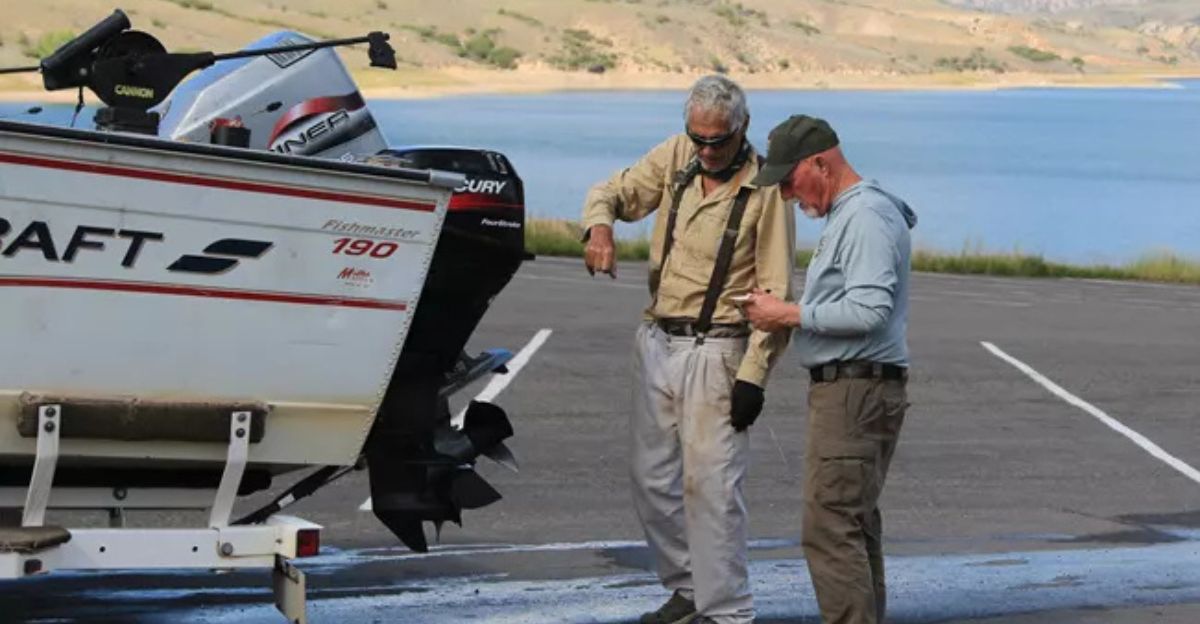
Fighting golden mussels won’t be easy. Even after years of battling similar pests, like zebra and quagga mussels, there’s still no proven way to wipe out golden mussels once they’re established. Right now, the best options are stopping new introductions and containing existing infestations with education, boat checks, and fast responses to new sightings.
A Department of Water Resources expert said, “There are no silver bullets against golden mussels, prevention remains our best defense”.
The Task Force Gears Up

As soon as the infestation in Southern California was confirmed, California officials formed a special task force. This group includes the Department of Water Resources, Fish and Wildlife, and even federal agencies. Together, they’re building new inspection protocols, providing grant money to lakes, and launching public outreach programs.
Their immediate focus is to slow the spread and protect water systems before catastrophic failures occur. As one official explained, “It’s an all-hands-on-deck situation. Every agency has a role to play now”.
New Rules for Everyone
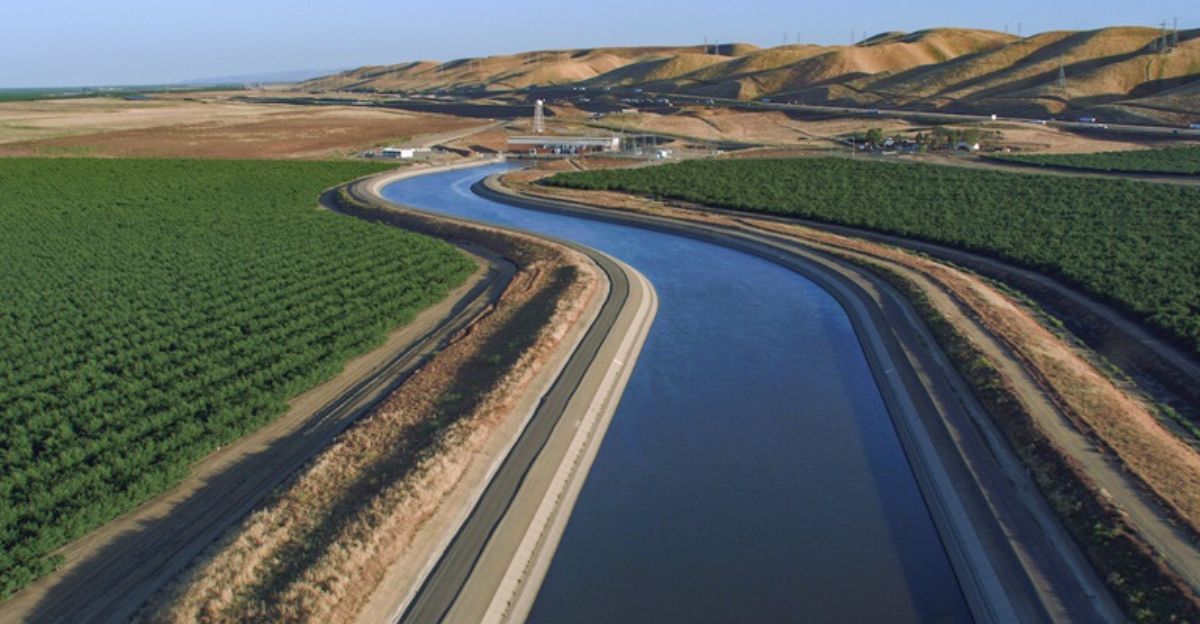
Late last year, California made it illegal to import, move, or possess golden mussels anywhere in the state. These changes give state agencies more power to fine violators and shut down infected sites.
Local governments and state parks now have new rules too, including strict inspections, quarantine periods, and biosecurity measures at vulnerable lakes. California is using what it learned fighting other invaders to keep golden mussels from taking over more waterways.
People on the Frontlines

Lake staff, boaters, and local farmers are all under new pressure. “We’re just trying to keep ahead,” said Maria Trujillo, who manages operations at Silverwood Lake. She describes how teams work around the clock, posting warnings and ramping up inspections.
For the public, this means longer waits and sometimes being told they can’t use the lake at all. Communities are adapting quickly because they know their efforts matter in California’s fight against this invader.
Scientists Step Up

California’s scientists are fighting back with technology. They’re using environmental DNA (eDNA) to track mussels with just a drop of water, which helps spot new outbreaks early. Bio labs are busy testing new molluscicides and researching ways to make filtration systems more mussel-proof.
“We don’t have all the answers, but every bit of data helps us stay one step ahead,” said one researcher. The search for a solution is urgent, and real-time information is critical to prevent more lakes from getting infested.
Where Could They Go Next?
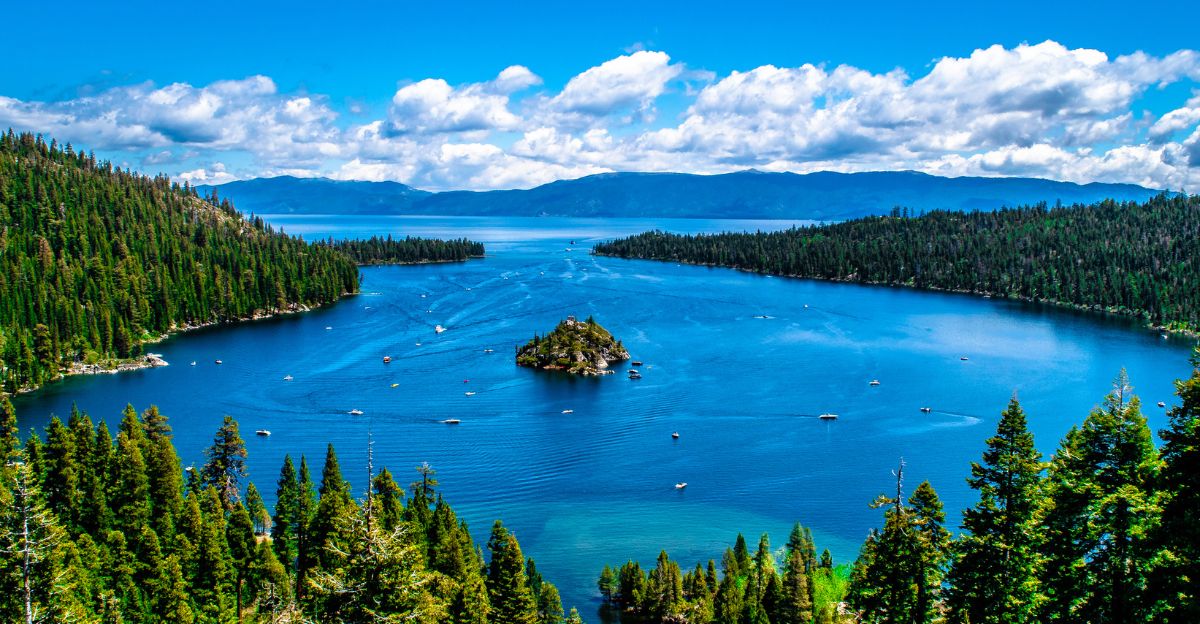
Lake Oroville and Lake Tahoe are two of California’s most famous lakes, and both face real danger. The biggest risk? Contaminated boats and equipment are moving from mussel-infested waters. That’s why the state has launched a huge campaign urging everyone to
“Clean, Drain, and Dry” watercraft after use. If the mussels make it into these major reservoirs, it would mean tough times ahead for local economies, nature, and everyone who relies on clean water for daily life.
Research Gaining Steam
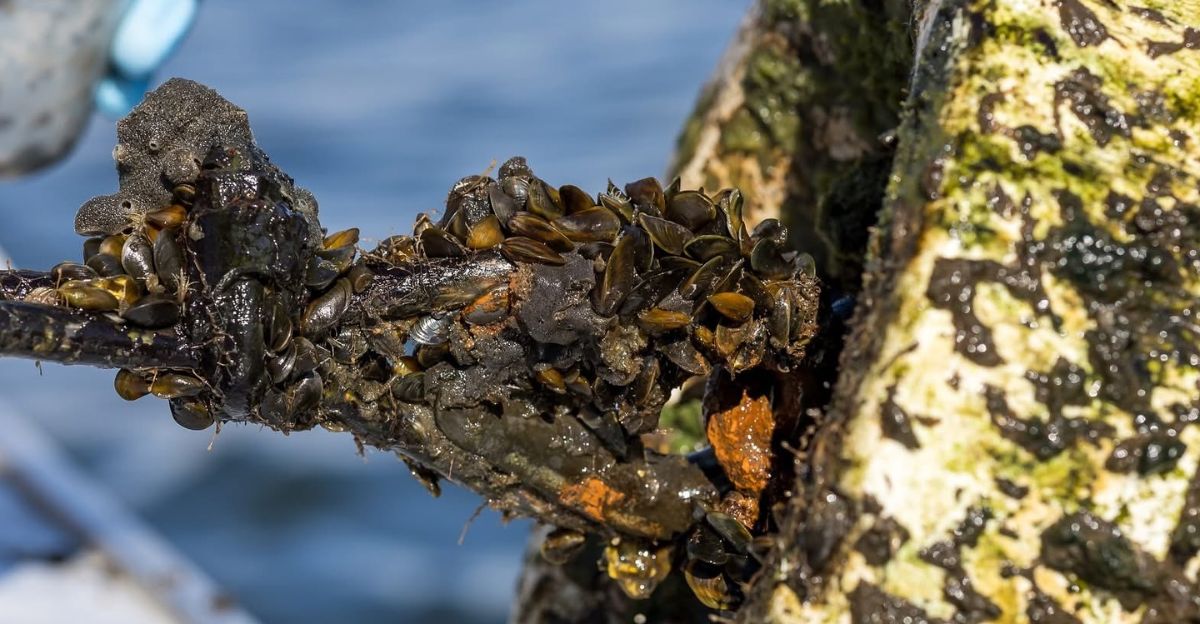
This summer, new laws and research projects have aimed at tracking how fast the invasion is spreading and looking into high-tech containment solutions like genetic biocontrol. Scientists are racing to test new water treatments, and lawmakers are considering emergency changes to how the state manages invasive species.
Water agencies are even considering lawsuits related to the cost of dealing with the mussels. There’s one thing they all agree on, “We’re playing catch-up with a species that’s always one step ahead,” said a legislative researcher.
Business and Industry Brace

It’s not just farmers or boaters who need to worry. Energy companies, tech firms, and chemical suppliers are all facing new risks as mussels threaten the infrastructure they need. California’s State Water Project links many industries—so clogged pipes and repairs could mean trouble for everything from power plants to local tubing businesses.
Companies are now scrambling to find new coatings and retrofits that can fight the mussels. As more industries get affected, the whole state feels the pressure to stop these invaders.
The Social Media Storm

Every time a new lake closes, social media lights up. Some posts exaggerate the threat, while others downplay how serious it is. State agencies have stepped in to share facts, reminding people that not all lakes are equally at risk and there’s no quick fix.
Not A New Thing
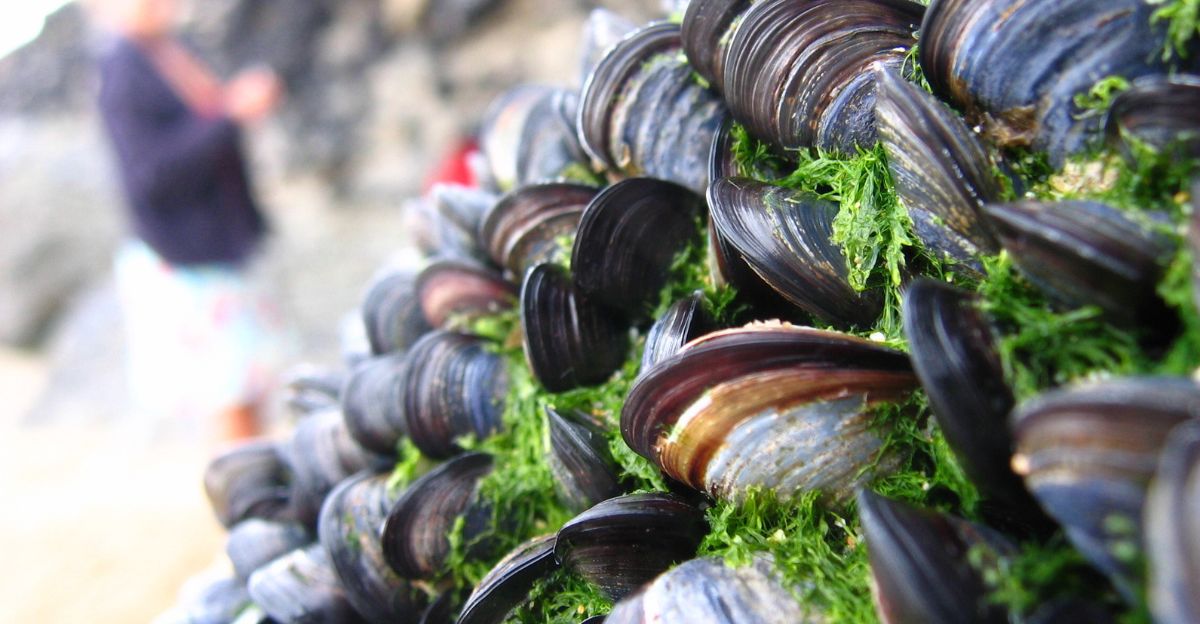
Golden mussels are the latest in California’s long list of invasive species challenges. Outbreaks of quagga and zebra mussels in the past took years to control and cost millions of taxpayer dollars. Experts say science-based containment, strong public involvement, and tough regulations are the key lessons from history.
But with California’s water so interconnected and the golden mussel being so tough and adaptable, this fight may be even harder than before.
Water at a Turning Point

The golden mussel takeover in Southern California is a major wake-up call. If nothing changes, the risks to water supply, farming, recreation, and native ecosystems will grow. This crisis reminds everyone just how fragile California’s lifeline can be.
State officials urge, “The only way forward is prevention, quick response, and working together. Every citizen has a part to play.” Staying alert and helping prevent the spread offers hope for keeping water safe and available for everyone.